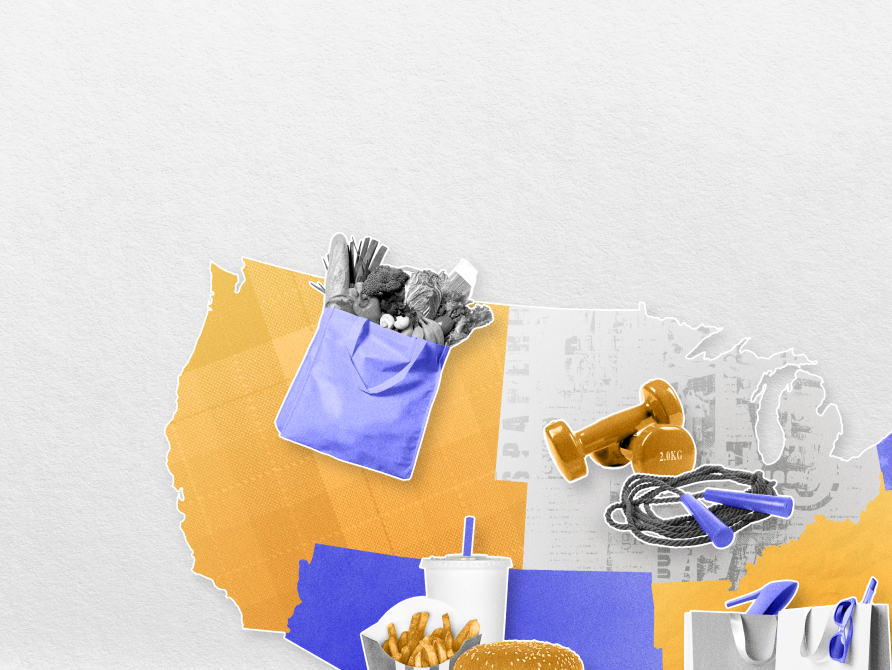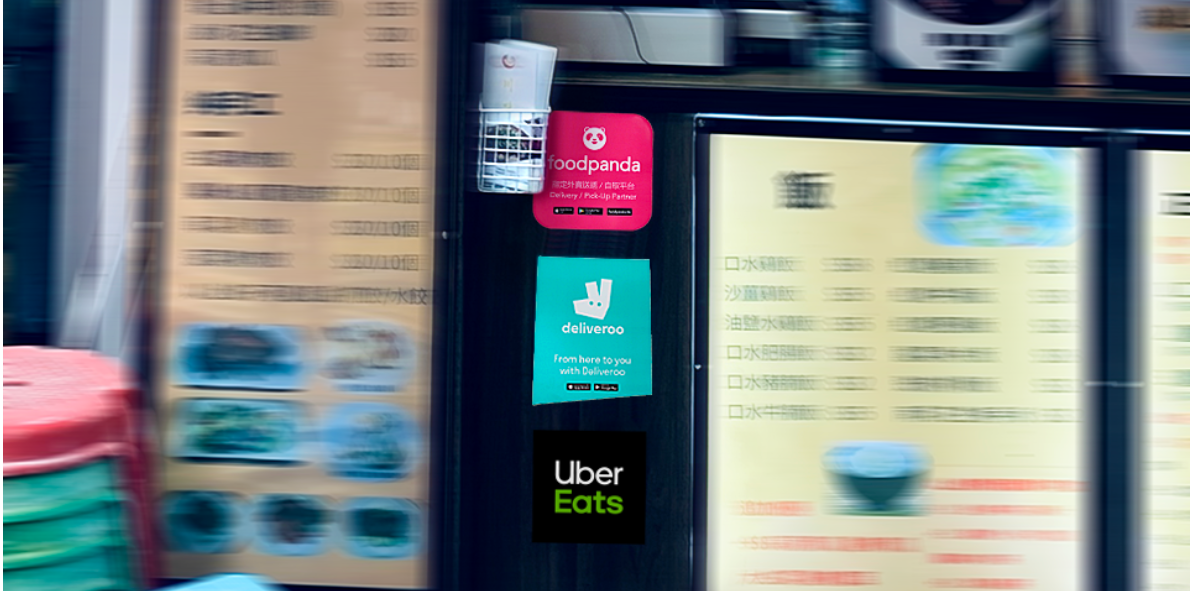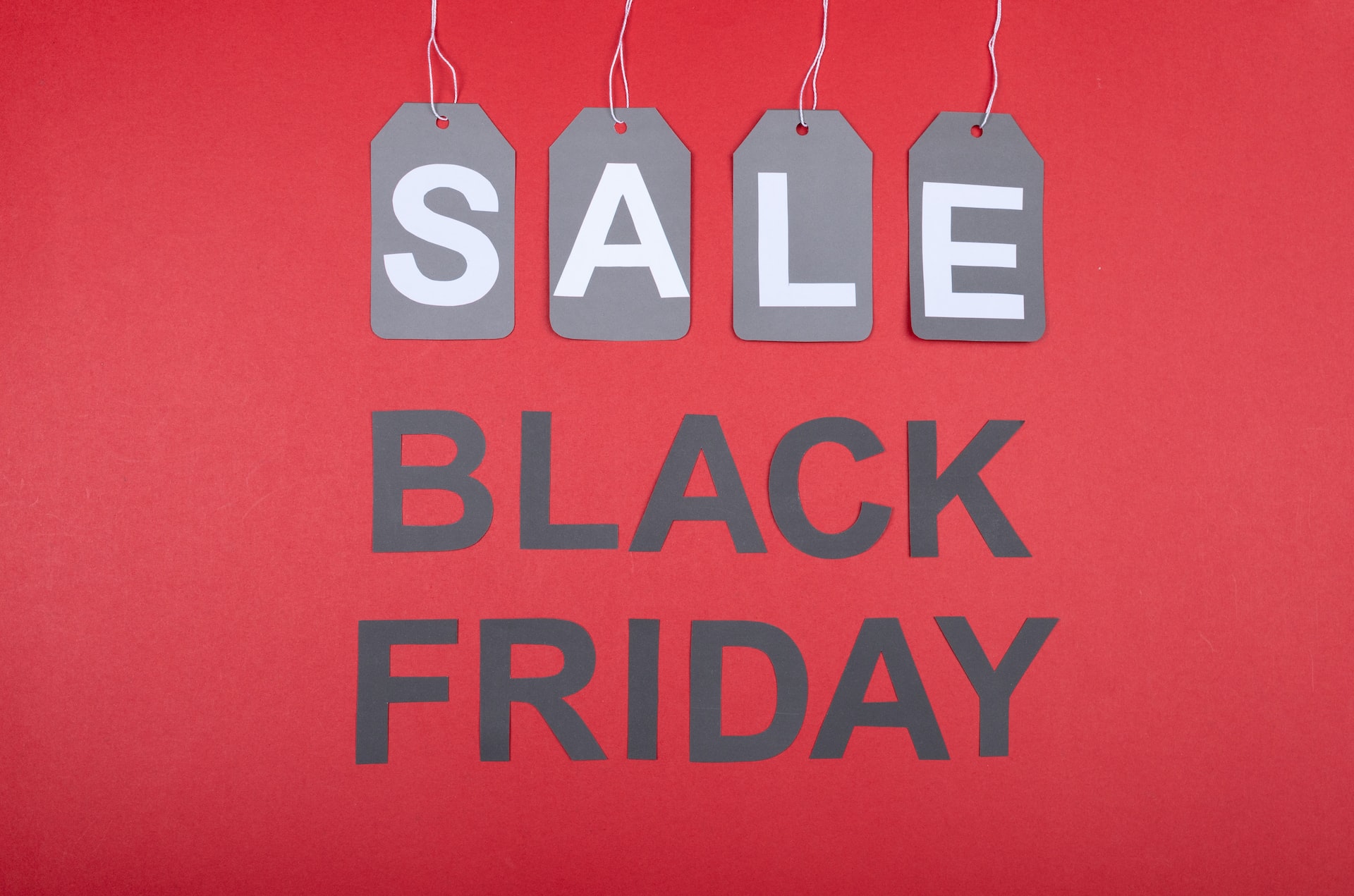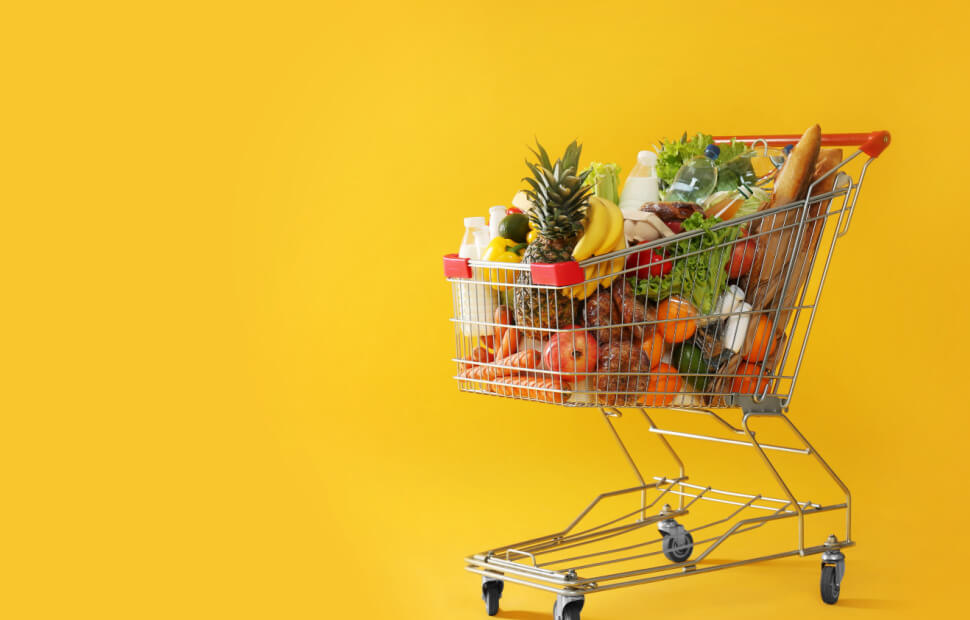Chinese ecommerce giant Shein has experienced a meteoric rise in the U.S. fast fashion market, with its sales and market share overtaking competitors such as H&M, Fashion Nova, Forever 21, ASOS, and Zara during the COVID-19 pandemic. Using U.S. consumer spending data, we analyzed how Shein’s U.S. sales have boomed over the past few years, as well as how other fast fashion companies have fared.
With another Q4 behind us, we dove into nationwide retail foot traffic data and looked at the performance of key categories to understand how the ongoing economic uncertainty impacted this year’s holiday shopping season. Despite the economic uncertainty and ongoing consumer concerns, the 2022 holiday shopping season once again drove consumers to brick-and-mortar stores. Retail visits began creeping up in early November, although early holiday foot traffic was not as strong as it was in 2021, when pent-up demand and inventory concern drove consumers to visit stores significantly earlier than usual.
In an exercise of focused speculation, we kick off 2023 the way we’ve kicked off every year – with a look at the retailers and segments we think are uniquely well positioned for the year to come. The only rule? They can’t have been on the list a year prior, and there must be at least a few “bold” predictions. Last year, we correctly broke down the continued dominance of Target, the uniquely strong positioning for beauty leaders like Ulta and Sephora, and the recoveries for grocery leaders like H-E-B and Costco.
Welcome in to our sixth annual worldwide and U.S. download leader charts, the full year scoreboard of user acquisition winners - the most in-demand apps on the planet. We have 33 top charts below for you to review. Did your company's app make it this year? Before you start, you may want to understand what a mobile app download is, what this metric is good at measuring and what it does not measure.
Over the past year and until very recently, the US labor market has been extremely tight: We saw record job switches and employers struggling to recruit talent. In such a tight market, we expect formal education requirements in job postings to decrease on average, as companies become more lenient towards the qualifications of their workers. This is indeed what we observe in our job postings data: The share of all US job postings requiring at least a bachelor’s degree reached its peak at the start of the pandemic, when most job postings were for essential workers with higher qualifications. Since then, the share of education requirements has plummeted.
For a moment, it seemed like Manhattan and its surrounding boroughs were on the verge of losing their status as America’s economic and cultural capitals. COVID-19 hit the city particularly hard, and a substantial out-migration had some saying that the city would never recover, with a popular narrative claiming that cities were “over” in favor of the suburbs. But it takes a lot more than a pandemic to keep New York down.
Sports advertising has been around for decades, but thanks to advances in out-of-home advertising technology, advertising during live sporting events has recently become more accessible to brands and more engaging to consumers. But how can companies decide which types of events to sponsor? To help provide an answer to this question, we dove into the location intelligence data for some of the biggest sporting matches held at Madison Square Garden in 2022 to understand how different types of events draw different crowds – and what this means for sponsors and advertisers.
As 2022 comes to a close, this week we’re revisiting the biggest workforce trends of the year. Here is a collection of our most powerful insights. The labor market was strong throughout 2022, but towards the end of the year, layoffs became a major concern especially with high-profile companies such as Amazon, Meta, and Twitter announcing large-scale layoffs. Using individual-level data, we have identified which roles are most at risk of being laid off.
Super Saturday – the last Saturday before Christmas – draws crowds of last-minute gift buyers to retailers across the country. We dove into the data to understand how this day fit into the wider 2022 holiday shopping season and how consumer concern over rising prices impacted this year’s performance. Super Saturday presented a continuation of a trend seen in recent months — a more extended holiday season limits the peaks of any specific day. There is even more time for shopping ahead of the holiday and ample evidence that the lack of major doorbuster deals limits the urgency on any specific day.
In 2022, Black Friday spending increases across retail far surpassed visitation increases. When analyzing this major shopping holiday with data from PlaceIQ, we can see larger basket sizes, higher in-store conversion rates, and pent–up demand for savings drove these spikes. Black Friday 2021 was very successful compared to 2020; traffic and spend rebounded greatly. This year, we didn’t see the same leaps and bounds, but it was another successful weekend for retailers. Covid is no longer holding us back, but inflation and macroeconomic factors keep things grounded from a year-over-year perspective.
****
San Francisco is one of the country’s oldest and most storied cities. This anchor of the Bay Area has witnessed the Gold Rush, the Summer of Love, and the hi-tech revolution. Now, a shift is taking place. During COVID, the city had one of the highest outbound migration rates in the country, perhaps due to its high concentration of remote-work-friendly companies, rising cost of living, and shuttering of several major offices. And while the trend has begun to reverse, the populations now moving into San Francisco are not quite the same as those who left.
The Apparel and Food landscape is changing faster than ever. As we feel the impact of the recession, MediaRadar is monitoring which advertisers are shifting ad spend each week. This will give you the most updated view of the ad sales landscape. Here are some key weekly takeaways from advertising shifts that took place Apparel is a category that is experiencing growth possibly due to the holiday advertising push. The season brings gifts of clothes, shoes, belts and bags.
Admit it: Every January, you resolve to take better care of yourself. And maybe you stick with it for a short while, then lose your resolve, then fall back into old habits. And next January, you try again. Extrapolate that experience across the American consumer base, and you’d expect to see a cyclical trend in first-quarter spending in self-improvement sectors, with a burst of spending activity in January followed by a steep cooldown in February and March.
With holiday celebrations around the corner, consumers have plenty of grocery shopping ahead of them. Our recent webinar covered the prevailing visitation trends in the space, including data from Turkey Wednesday. And in order to keep our finger on the pulse, we dove into the most recent visit data for the grocery sector and Publix, one of the leaders in the category.
For the past 10 years, Downdetector® has provided critical insights on real-time status and outage information for all kinds of services. We’ve seen huge, widespread outages over the years and 2022 was no exception. While no outage in 2022 eclipsed the biggest outage we’ve ever seen, which Meta experienced on October 4, 2021 when Facebook, Messenger, WhatsApp, and Instagram all went down, 2022 still saw some big worldwide outages. We put together a list of the 10 biggest global outages of 2022, so read on to learn how outages affected users:
Our latest white paper, Beauty’s Irresistible Allure, draws on location intelligence and demographic data to analyze three leading beauty brands that are adapting to evolving consumer demand in this growing market. Below is a taste of our findings. When it comes to makeup and perfume, there’s nothing quite like in-person shopping. From finding just the right look to browsing with friends, cosmetics chains offer consumers a chance to find products that make them feel good, while having fun and engaging in social interaction.
5G is no longer a new technology, however, consumers in many countries are still waiting to see the full benefits of 5G (or even to connect to 5G at all). We examined Speedtest Intelligence® data from Q3 2022 Speedtest® results to see how 5G performance has changed since last year, where download speeds are the fastest at the country level, and how satellite technologies are offering additional options to connect. We also looked at countries that don’t yet have 5G to understand where consumers are seeing improvements in 4G LTE access.
Total construction starts fell 18% in November to a seasonally adjusted annual rate of $926.3 billion, according to Dodge Construction Network. During the month, nonresidential building starts lost 25%, nonbuilding shed 21%, and residential starts dropped 5%. Year-to-date, total construction starts were 14% higher in the first 11 months of 2022 compared to the same period of 2021. Nonresidential building starts rose 36% over the year, residential starts were down 1%, and nonbuilding starts were up 16%.
Long a popular destination for New Yorkers on the move, Florida boasts an estimated 1.6 million residents hailing from the Big Apple. Warmer weather, inviting beaches, and a lower cost of living have all been cited as factors contributing to the Sunshine State’s draw. With no state income or payroll taxes, Florida is also a preferred destination for many entrepreneurs seeking a more business-friendly regulatory environment.
Zalando, much like Consumer Edge, has rapidly expanded its presence across European markets with on-trend products that meet customer needs. This makes the company a fitting topic for our first pan-European Insight Flash using our newly launched CE Transact EUR dataset to examine how Zalando’s performance has trended across the six countries covered. CE Transact EUR has been highly predictive of Zalando’s reported sales growth over the past three years with a 97% correlation.






























































